Da Nang Museum is displaying hundreds of specimens in the "Colorful Diversity of Vietnamese Insects" Exhibition.
From June 22 to July 13, the exhibition "The Colorful Diversity of Vietnamese Insects" at Da Nang Museum (31 Tran Phu) introduces hundreds of unique specimens and images. The event is co-held by DTU and Da Lat University, and officially opened on the morning of June 22.
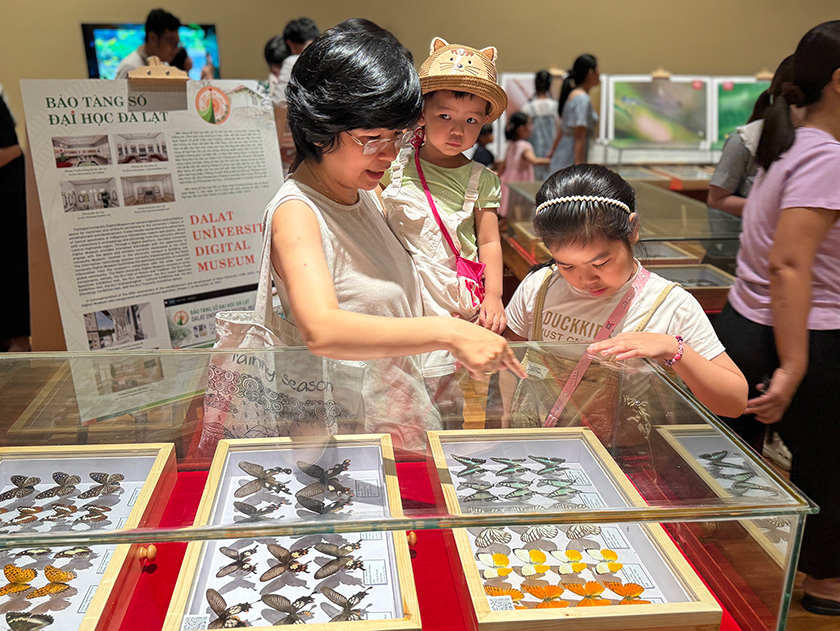
Visitors watch the "The Colorful Diversity of Vietnamese Insects" exhibition at Da Nang Museum.
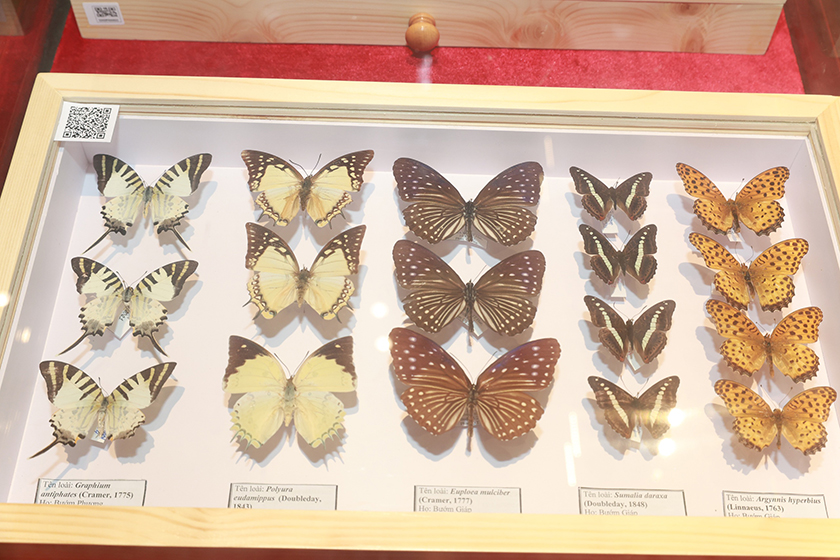
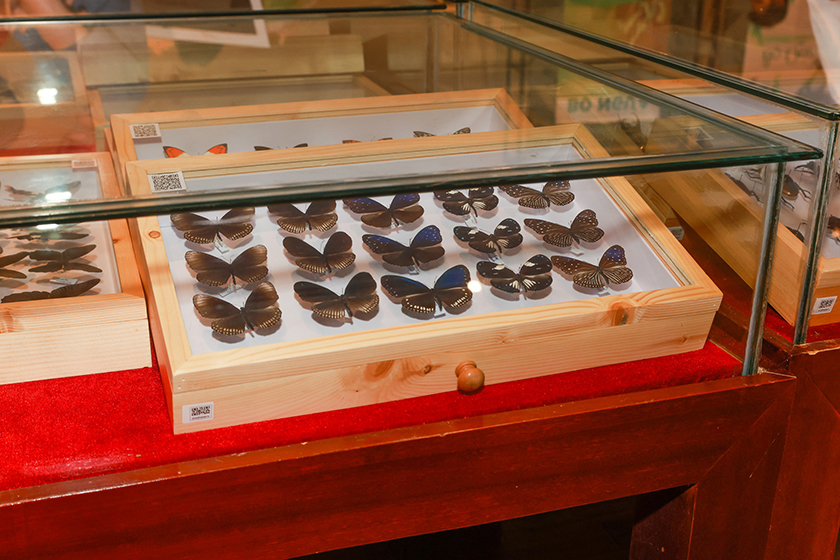
The exhibition showcases many species of butterflies, moths, beetles, dragonflies, and cicadas.
For the first time, two universities specializing in insect research and biodiversity have collaborated to hold a large-scale exhibition, aiming to introduce the richness and uniqueness of insect species in Vietnam.
This is the result of in-depth research, field surveys, and meticulous collections by scientific teams from both universities.
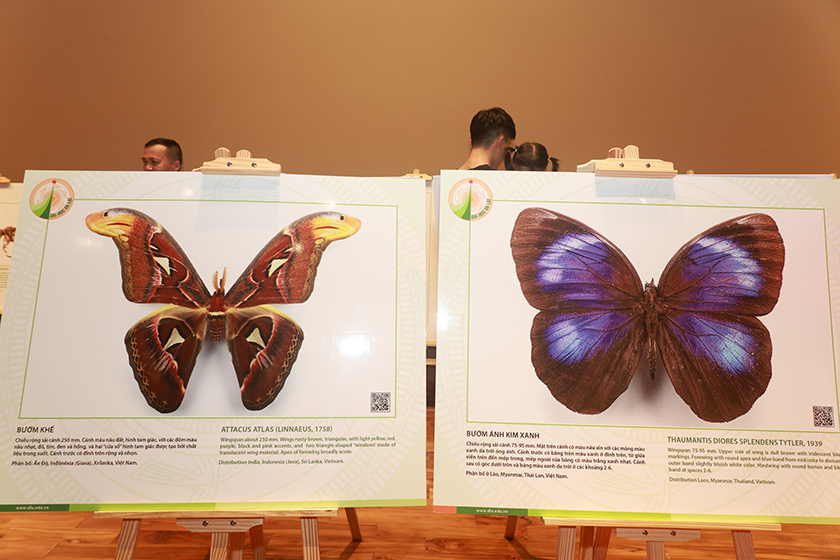
Giant attacus atlas and green iridescent butterflies
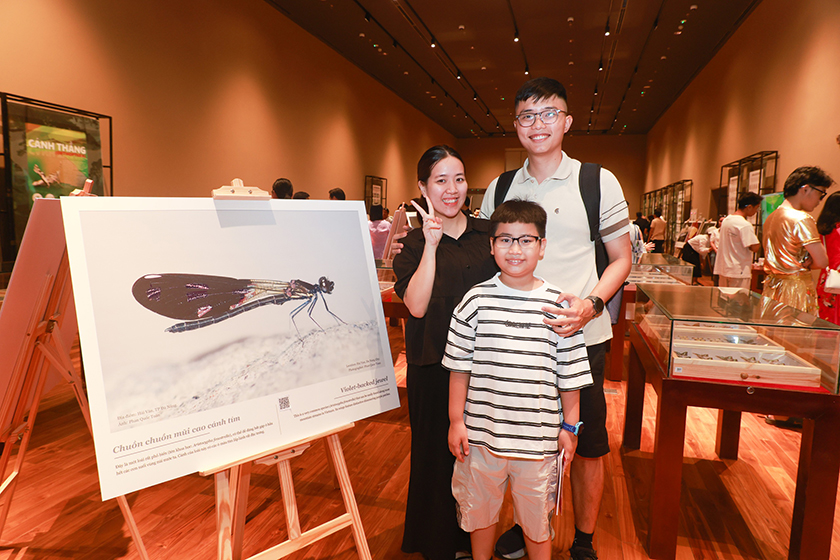
The exhibition attracts a large number of locals and tourists
The exhibition displays over 150 images and posters and more than 100 boxes of rare insect specimens, showcasing many species of butterflies, moths, beetles, dragonflies, and cicadas.
Notable species include large-tailed butterfly species, emperor butterflies, and giant beetles such as the three-horned and five-horned dung beetles, rare dragonfly species from deep forests in the Central Highlands are also featured.

Over 100 boxes of rare insect specimens are displayed at the exhibition
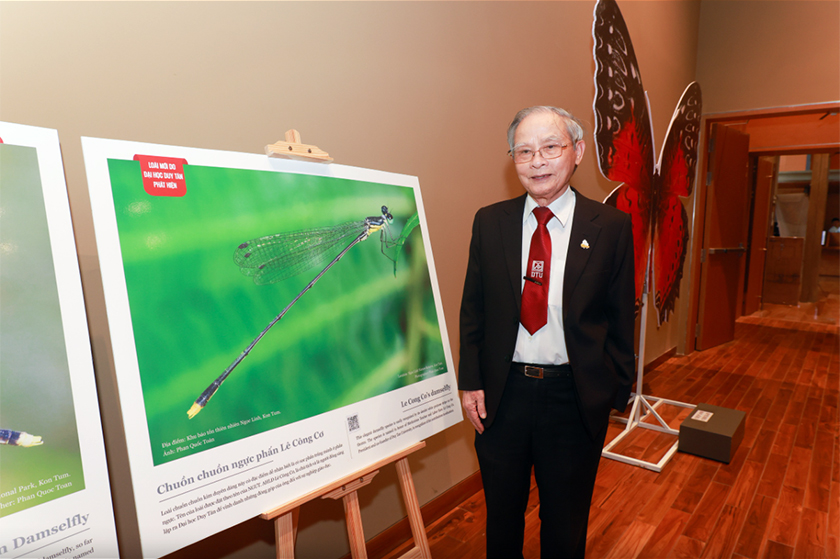
The Coeliccia lecongco dragonfly, discovered by Dr. Phan Quoc Toan, Director of the DTU Insect
- Parasitology Research Center, was named after the university’s founder,
the Distinguished Teacher and Hero of Labor Le Cong Co
The exhibition not only helps the public better understand the biological characteristics, ecology, and important roles of insects in nature and life - such as pollination, pest control, and their applications in medicine, food, art, and biotechnology - but also conveys messages about environmental protection, climate change, and biodiversity conservation.
(Media Center)